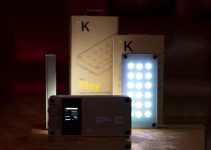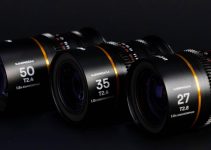David Fincher has always been one of my favourite filmmakers. It is extremely rare, if not almost impossible, in today’s filmmaking reality for a filmmaker to create intelligent films, which are not only thought-provoking and executed with surgical perfection, but also box-office successes.
I can only think of a couple his contemporaries such as Christopher Nolan and Quentin Tarantino, who have had a similar career trajectory boasting a formidable track record of smart filmmaking married with financial success. However, unlike them, Fincher is moving ahead in the digital world of filmmaking by adopting digital cinema acquisition, workflow and projection and altogether leaving film behind.
I have a certain affinity for Fincher’s MIT level of intelligence, cinematic precision and perfectionism. Even before he was directing major franchises such as “Alien 3” (a debut feature, he’s not particularly pleased with due to significant studio interference and marred script) at the young age of 27, he was directing big budget commercials and music videos for top music acts such as Madonna, The Rolling Stones, and George Michael.
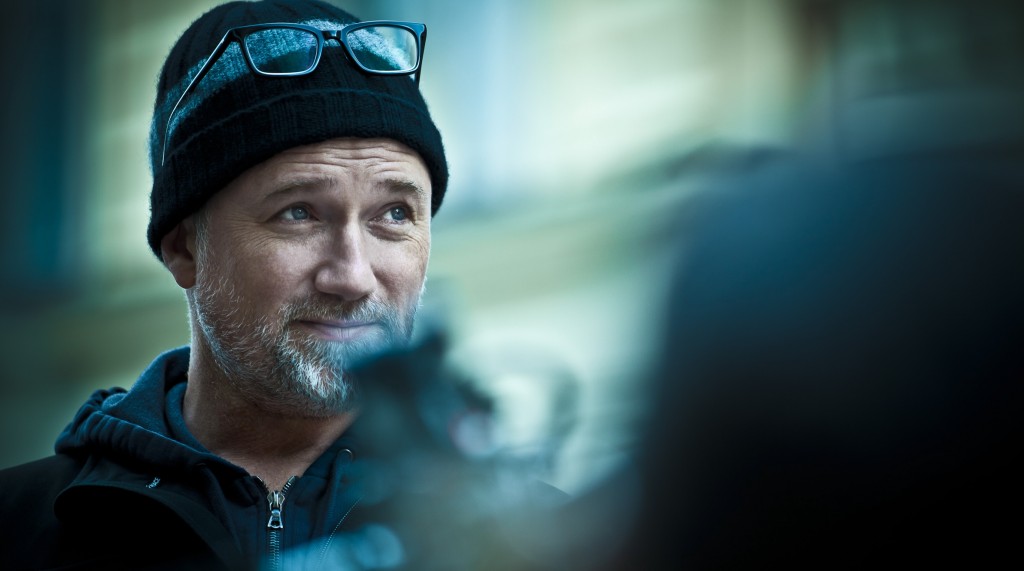
Starting out and working at ILM doing some very innovative VFX shots for “Star Wars: Return of the Jedi”, he impressed some of the VFX gurus working on the film then with his revolutionary ideas about filming (what seemed to be at the that time) extremely-difficult-and-next-to-impossible shots with the help of the gyroscopes.
That innate forward thinking and pioneering attitude is something that separates him from his peers in Hollywood. For me David Fincher is the Stanley Kubrick of his generation. The last film he shot on film was “Panic Room” in 2002.
Then in 2007 and 2008 he shot “Zodiac” and “The Curious Case of Benjamin Button” on the Thomson Viper, one of the very few digital cinema cameras at the time, which were able to deliver high quality cinematic digital images for theatre projection. He, just like Steven Soderbergh, was one of the earliest adopters of the RED One, which quickly became his “go-to” acquisition system on major Hollywood films.
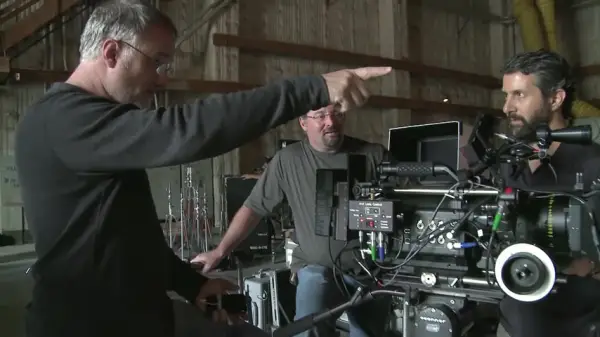
He shot his next film “The Social Network” in 2009 with RED One cameras in 4K and continued pioneering 4K on his next film “The Girl With The Dragon Tattoo” in 2011 by shooting on the RED Mysterium-X sensor on the Red One and the then new Red Epic.
Pushing the boundaries of digital acquisition and workflow technology again in 2014, he shot his latest thriller “Gone Girl” entirely in 6K on the Red Epic Dragon. It is also the first major film to be shot entirely in 6K and edited entirely in Adobe Premiere Pro CC.
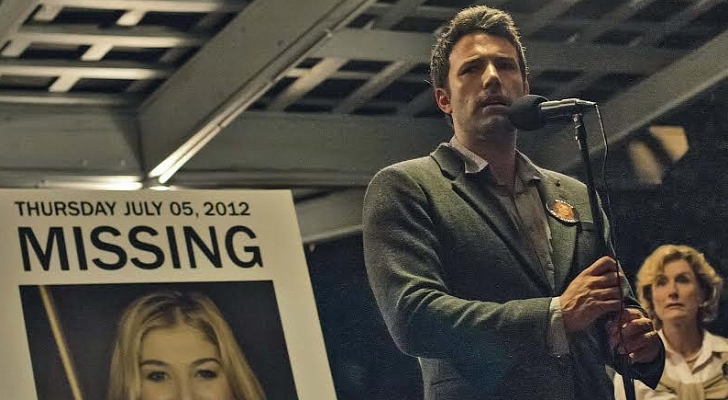
“Gone Girl” is also the first feature film to use the recently announced brand-new Nvidia Quadro K5200 GPU cards in its workflow. The Red Dragon 6K footage was converted to DPX sequences using a GPU-accelerated system for a more streamlined and efficient transfer to the VFX department.
In the editing process, the 6K footage was converted to 2.5K ProRes files, via a 5K center image extraction, on a 1920×1080p timeline. The Nvidia Quadro-based workflow the post-production team used on “Gone Girl”, also supported up to 4 streams of 6K multi-camera playback with “repositioning, stabilisation and color-correction happening in real time” Nvidia said, with the additional benefit of real-time downscaling of 6K footage to 4K.
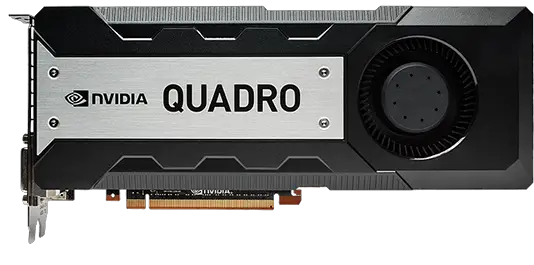
According to Studio Daily, the improved GPU debayering eliminated the need for specialised hardware to accelerate the processing of the .r3d files from the Red Dragon, allowing multiple workstations to be used rather than channelling everything through a single system equipped with a Red Rocket card, as might have required in the past.
Here’s the staggering specs on the editing workstations used by the editing team on “Gone Girl”. As with most things on Fincher’s sets, such as his favourite Tecnocranes and motion-controlled stabilisation systems, the following editing rigs are quite impressive, but when you’re working on the highest level of the industry and with cutting-edge technology such as 6K resolutions, you have be able to operate at optimum speed.
Four HP Z820 Workstations
- Intel Xeon E5-2670 8-core 2.6 GHz (Q1 2012)
- Nvidia K5200
- 128 GB DDR3
- Two HP Z-Turbo 256 GB drives w/sustained 1.8 GB/s throughput
- SolarFlare Dual-Port 10 Gb network adapter
Two HP Z820 Workstations
- Intel Xeon E5-2697 12-core 2.7 GHz (Q3 2012)
- Nvidia K6000
- 256 GB DDR3 RAM
- Cubix Expansion Chassis
- Two FusionIO IoDrive 1.6 TB w/sustained 2.6 GB/s throughput
- 64 TB Gspeed EsPro
- SolarFlare Dual-Port 10 Gb network adapter
One HP Z820 Workstation
- Intel Xeon E5-2697 12-core 2.7 GHz (Q3 2012)
- Nvidia K5200
- 128 GB DDR3 RAM
- AJA Io 4K
- Two FusionIO IoStorm 512 GB w/sustained 2.1 GB/s throughput
Two 2011 Mac Pro Workstations
- Nvida K5200 graphics
- 64 GB DDR3 RAM
“Gone Girl” opens September 26th in the US. Check out the trailer below.
[via Studio Daily]
Disclaimer: As an Amazon Associate partner and participant in B&H and Adorama Affiliate programmes, we earn a small comission from each purchase made through the affiliate links listed above at no additional cost to you.


